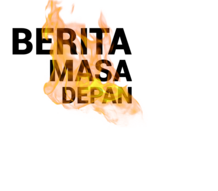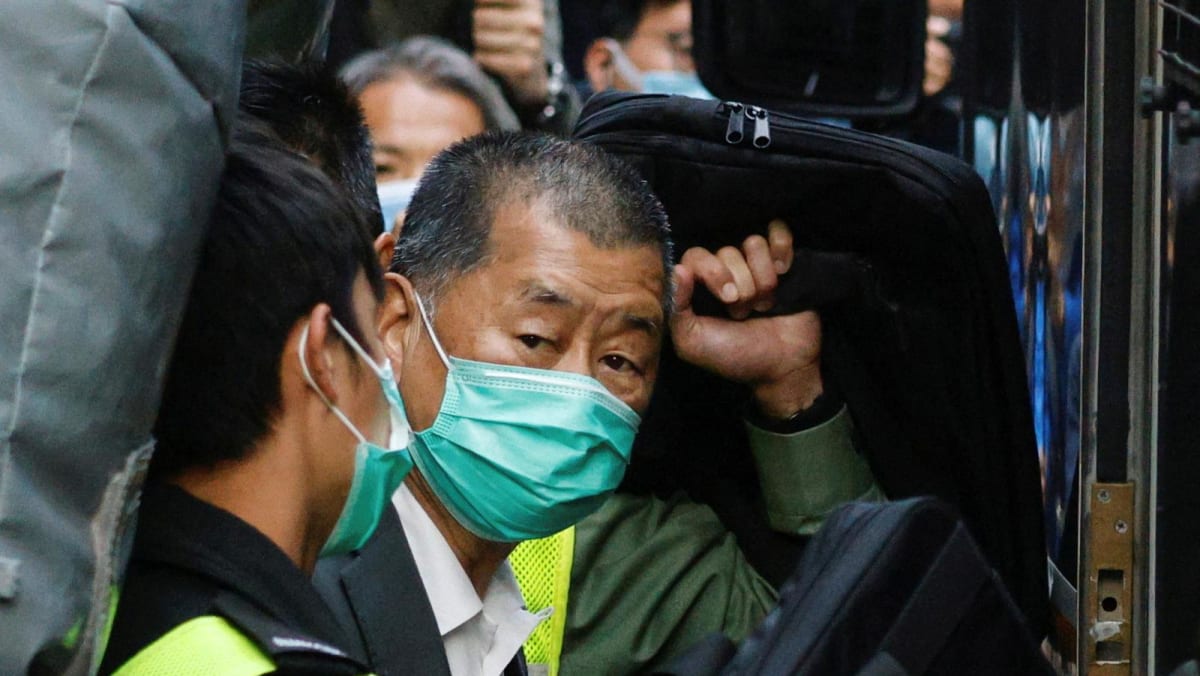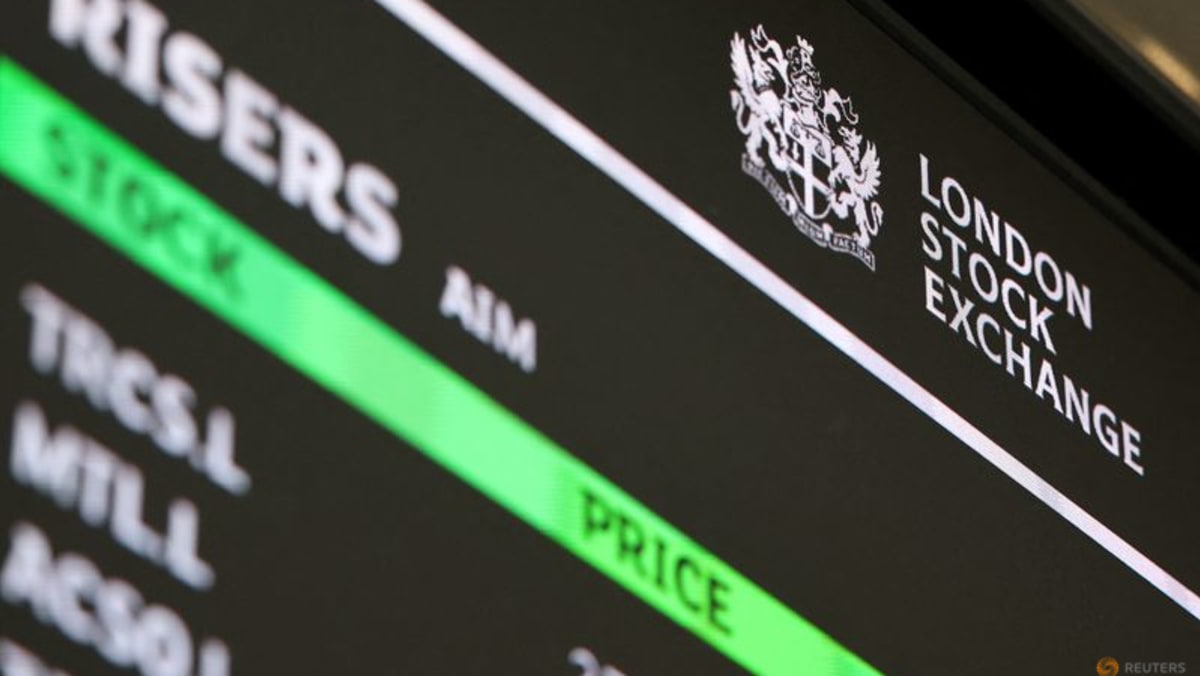It’s not unusual for ancient beauty practices to return in a big way to modern popularity, with the help of social media and the famous names that are on it. One of them to do so lately is dry brushing, which is blowing up on TikTok yet again, thanks to celebrities such as Gwyneth Paltrow, Miranda Kerr and Alicia Keys, who all are known to be big advocates of holistic wellness and beauty.
Dry brushing is a skin-brushing technique that’s said to boost blood circulation and promote skin health. It originated from many ancient civilisations including the Egyptians, Greeks, Scandinavians, Indians and Chinese.
Surely, there must be some reason for how it has stood the test of time – but is it truly beneficial for the skin and circulation, as social media deemed it to be? What are the risks and can everyone try it? Here’s the low-down, as well as advice from a dermatologist.
WHAT IS DRY BRUSHING?
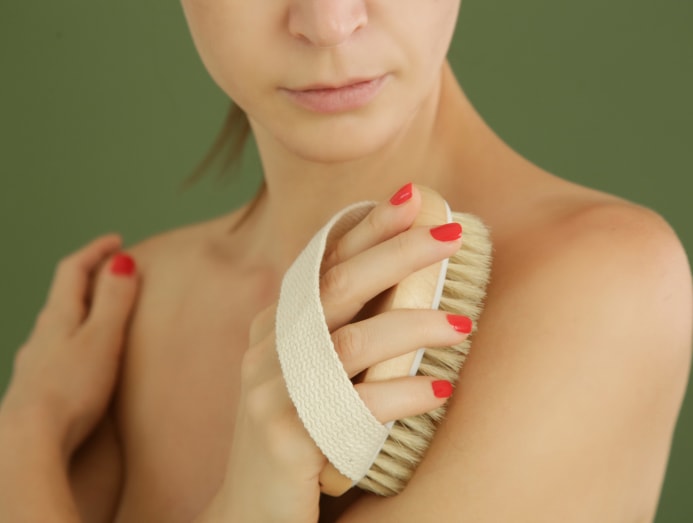 Dry brushing. (Photo: iStock)
Dry brushing. (Photo: iStock)
It literally means brushing the skin’s surface with a dry brush – this is done on the body, over areas including the arms, legs and back. Dry brushing is used as a massage technique, and is thought to help exfoliate and detoxify the skin, improve blood circulation and lymph drainage. Some even believe that it helps improve the appearance of cellulite deposits under the skin.
While some people may experience better skin texture and feel invigorated from the stimulation after dry brushing, much of the purported benefits from doing so have not been scientifically proven, noted dermatologist Dr Eileen Tan of Eileen Tan Skin Clinic & Associates.
Dry brushing does come with certain skin risks, and may not be suitable for everyone. “If one is really adventurous and keen to try dry brushing, it is crucial to acquire the correct technique so that it is performed safely,” she said.
SELECTING A GOOD BRUSH
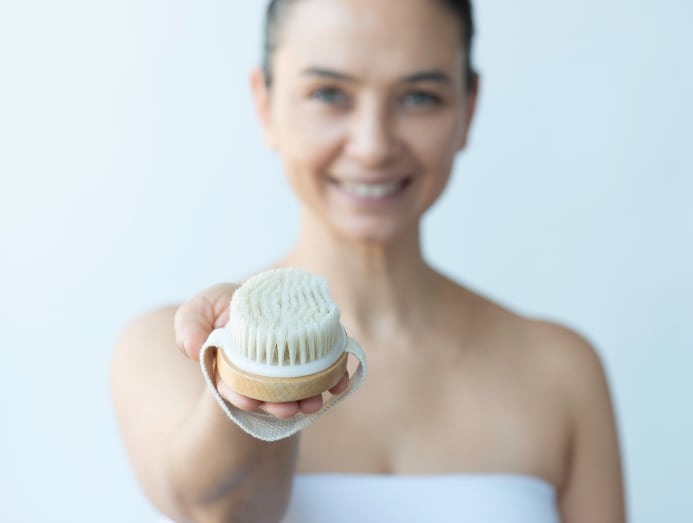 How to select a dry brush. (Photo: iStock)
How to select a dry brush. (Photo: iStock)
Picking the right brush is of utmost importance – the bristles should be firm, but not so stiff and rough that they feel painful and scratchy on skin. There’s no single standard for the ideal level of firmness, since this will largely depend on personal preference.
Some people prefer a brush that provides an invigorating scrub, but the bristles should not make you feel like you have to tolerate the sensation when they move across your skin. It makes sense for those with sensitive skin to go for softer bristles, so that you can dry brush safely without irritating the skin.
The handle on the brush is another factor for consideration. A long-handled brush can allow you to reach your back more easily, while a palm-held brush can provide a higher level of control so that you can better direct your brush strokes and apply the right amount of pressure. Can’t decide which is better? Why not try both, since you might find each to be useful on different zones of the body.
HOW TO DRY THE BRUSH PROPERLY
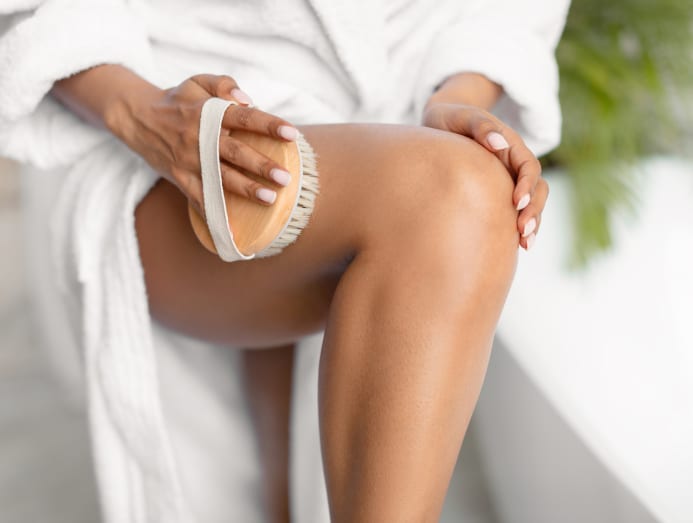 How to dry brush correctly. (Photo: iStock)
How to dry brush correctly. (Photo: iStock)
Dry brushing should be done starting from the feet, moving up the body gradually (in a direction towards the heart) – this technique is thought to boost lymphatic drainage. It is best to do it on dry skin, with a dry brush, before your shower or bath, since washing post-brushing will allow you to rinse away any skin debris that is removed during the process.
Start with long upwards strokes over the feet and up the legs, then circular movements across the torso, back and butt. Following that, apply long strokes over the arms, shoulders and decollete – you may also want to go over these areas with circular movements again for a more invigorating massage.
Avoid areas with sensitive and thin skin, such as that on the joints of your limbs and the bust and groin area. The entire process should take around three to five minutes, unless you’re planning to proceed at a very relaxed and leisurely pace. The key is to be gentle and not to press the brush bristles too hard onto the skin. Don’t try to speed through your dry brushing ritual with overly vigorous and quick strokes, since this increases the chances of inflicting damage on the skin.
While it is not unusual for the skin to turn a little red after dry brushing, the redness should fade quite quickly after the process. If it lingers or is accompanied by itching, irritation or a burning sensation, it means that you’re brushing too hard, or you could be using a brush with bristles that are too stiff and scratchy.
Finally, remember to always clean the brush with water and soap after dry brushing, and ensure that it dries thoroughly to prevent germs from breeding on the bristles and coming into contact with your skin. As for frequency, there are some people who dry brush daily, but this may be too much for many others. As a beginner, it’s wise to start dry brushing just once or twice a week and see how your skin reacts to it.
IS DRY BRUSHING REALLY GOOD FOR THE SKIN?
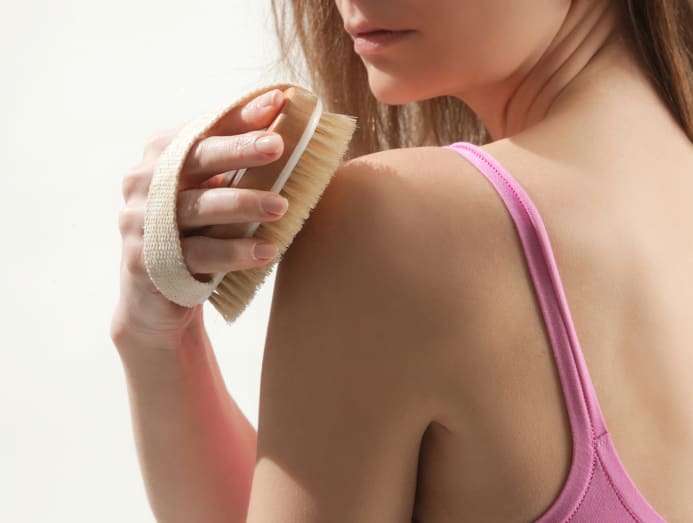 Dry brushing. (Photo: iStock)
Dry brushing. (Photo: iStock)
Dry brushing does provide physical exfoliation for the skin, which is why its fans claim to see softer and clearer skin from using it. The problem, though, is that this can also easily damage skin and cause micro-tears, especially for those with sensitive skin or if the wrong technique is applied, or if dry brushing is done excessively.
“In my opinion, there are other safer exfoliation methods that provide more measurable and consistent results, such as chemical exfoliants like beta-hydroxy acid,” said Dr Tan.
Of course, don’t even think about trying dry brushing if you are suffering from skin disorders. “Repeated brushing motions on skin can lead to the worsening of certain skin conditions like psoriasis and atopic dermatitis. Those on blood thinners should avoid dry brushing, since it can lead to bruising and possibly bleeding,” she cautioned.
There are precautions that should be taken even if one has generally healthy skin. “Avoid brushing on areas with broken skin, active infection or active inflammation such as active acne. Using the wrong technique or overzealous dry brushing can lead to skin irritation and post-inflammatory changes, such as dyspigmentation and scarring, which can be permanent,” she advised.
4 DRY BRUSH PRODUCTS TO CONSIDER
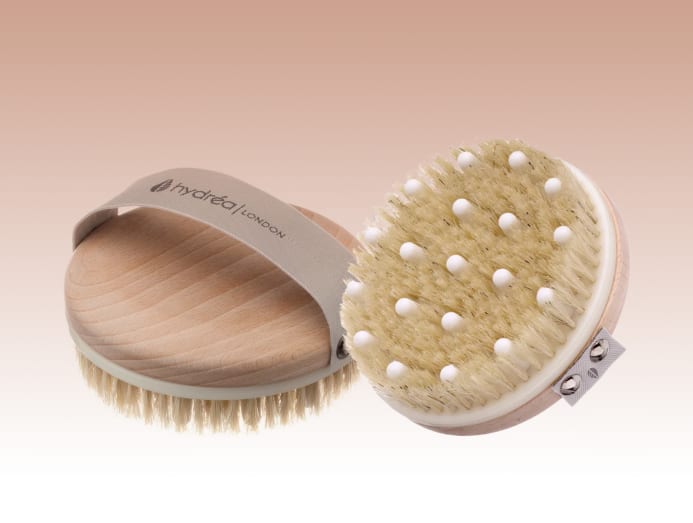 (Art: Jasper Loh, photo: Lookfantastic)
(Art: Jasper Loh, photo: Lookfantastic)
Hydrea London Combination Detox Massage Brush, £11.99/S$20.80. Available at Lookfantastic.
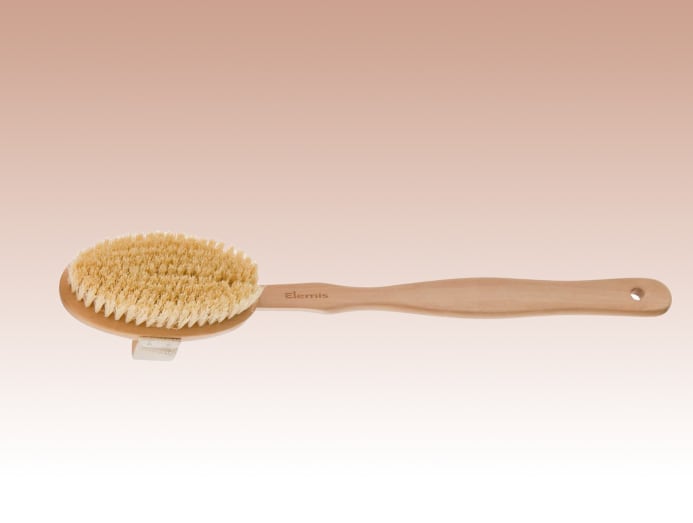 (Art: Jasper Loh, photo: Elemis)
(Art: Jasper Loh, photo: Elemis)
Elemis Body Detox Skin Brush, S$59. Available at Elemis.
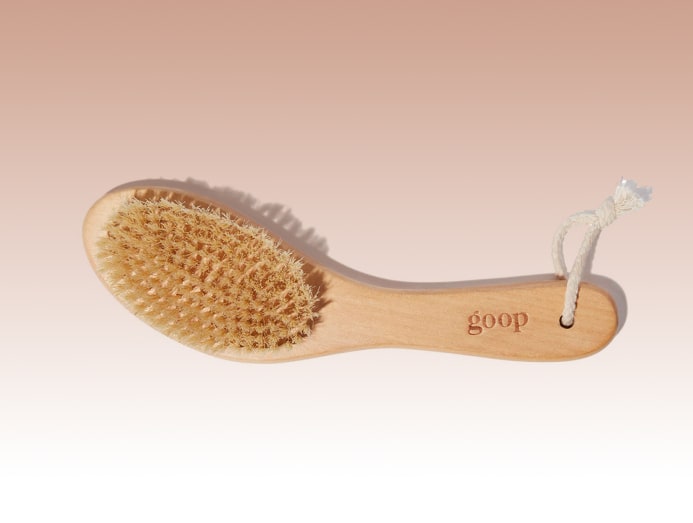 (Art: Jasper Loh, photo: Goop)
(Art: Jasper Loh, photo: Goop)
Goop Beauty Dry Brush, S$42.94. Available at Amazon.
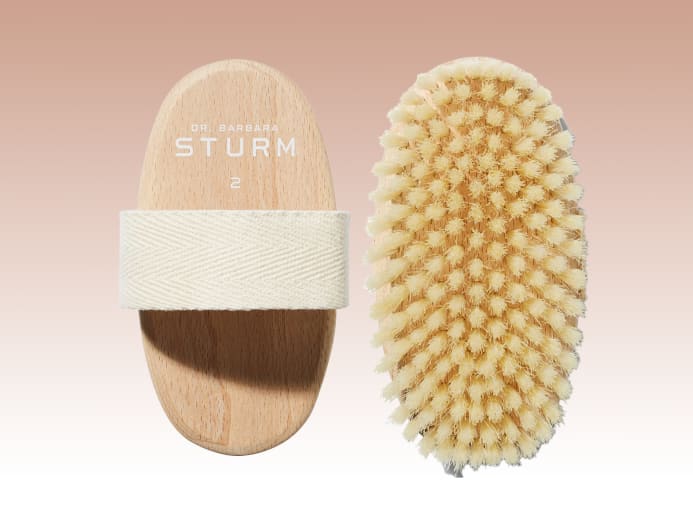 (Art: Jasper Loh, photo: Dr Barbara Sturm)
(Art: Jasper Loh, photo: Dr Barbara Sturm)
Dr Barbara Sturm Body Brush Medium, €40/S$58.15. Available at Cult Beauty.
